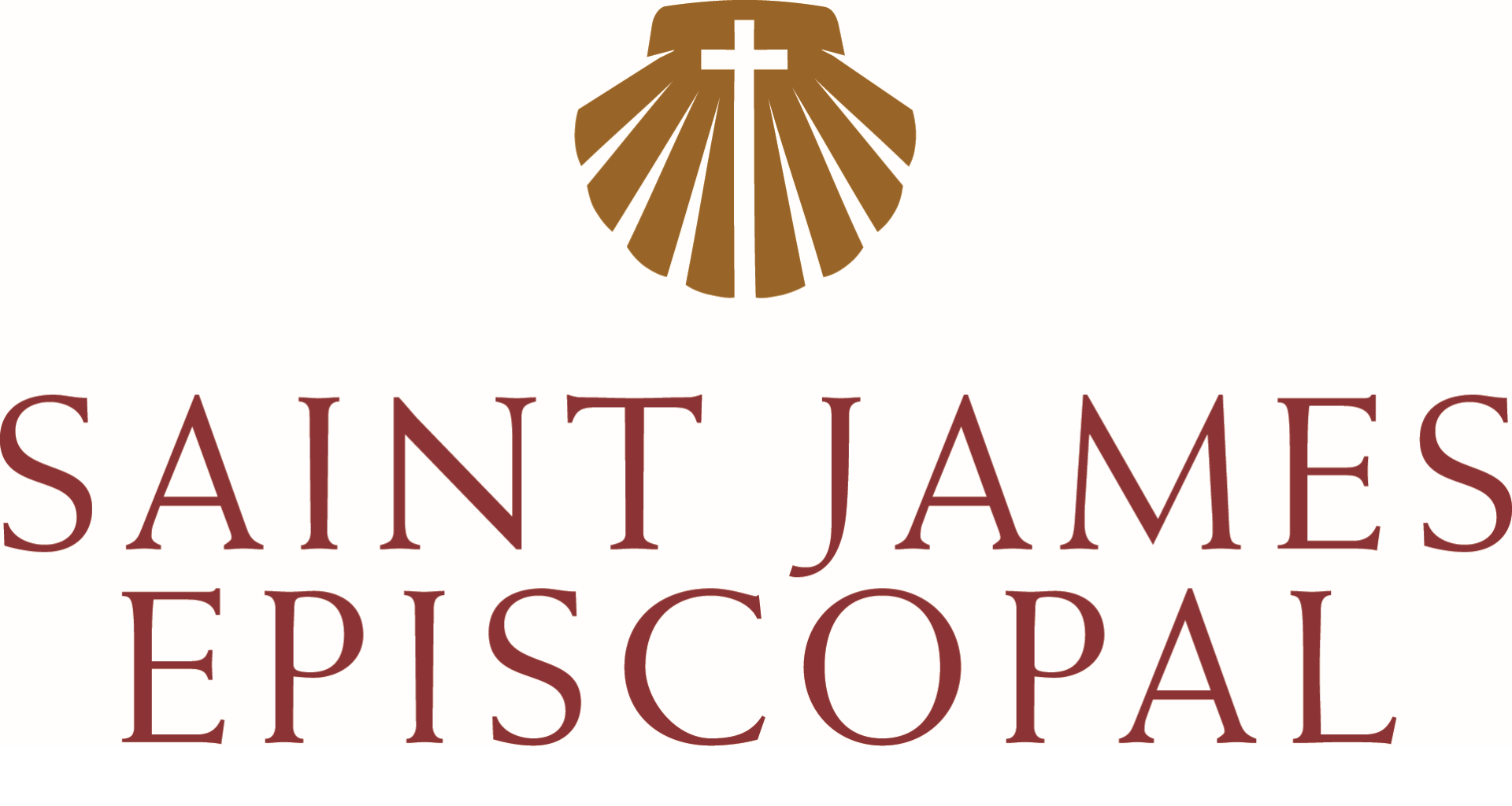Pilgrimage
Pilgrimage: a journey, often into an unknown or foreign place, where a person goes in search of new or expanded meaning about their self, others, nature, or a higher good, through the experience. It can lead to personal transformation, after which the pilgrim returns to their daily life. Typically, it is a journey to a shrine or other location of importance to a person’s beliefs and faith.
Many of the world’s religions have places of pilgrimage. The Holy Land is a focal point for the pilgrimages of the Abrahamic religions of Judaism, Christianity, and Islam. Our siblings in Islam have the Hajj, a mandatory religious duty for adult Muslims to carry out at least once in their lifetime. If they are physically and financially capable of taking the journey and can support their family during their absence, they are to make a pilgrimage to Mecca.
Before the temple was destroyed, our siblings in Judaism were required to go to Jerusalem to the temple and make sacrifices for the three pilgrimage festivals of Passover, Shavuot, and Sukkot. Which is why in the Gospel of Luke, we hear about Mary and Joseph going to the temple every year and the story of Jesus staying behind when he was twelve. In the Gospel of John, Jesus visits multiple times for various feasts before his triumphal entry and crucifixion. Now that there is no longer a temple, the Western Wall or ‘Wailing’ Wall, which is the remaining part of the Second Jewish Temple in the Old City of Jerusalem, is the most sacred and visited site for Jews.
For us as Christians, The Holy Land and the sites connected with the birth, life, crucifixion, and resurrection of Jesus, are a focal point. There are also other places of pilgrimage as well, including sites associated with the apostles, saints, and martyrs, as well as places where there have been apparitions of the Blessed Virgin Mary.
My trip to The Holy Land was a Study Pilgrimage through St. George’s College in Jerusalem. St. George’s offers these Study Pilgrimages year around, but the one I went on was specifically a Ministry Formation course, so I was on a pilgrimage with other Anglican clergy as well as Anglican seminarians (a few from the United States, although most were from England, Scotland, or Wales). Interestingly, there was a whole group of us who should have gone in the summer of 2020, as seminarians. As part of that Study Pilgrimage, we were in an intentional community – which meant we ate together, worshipped together, had reflections as a community, as well as small group and large group discussions. It was much more than just seeing the sites.
As a Ministry Formation course, it was just not about the birth, life, ministry, death, and resurrection of Jesus, although most of it was. We also had a session about “The Religious Other” in which we learned about our siblings in the other Abrahamic religions. We spent time with a Muslim tour guide. We were able to go into the Muslim holy site of the Al-Aqsa Compound, which is where the Dome of the Rock is located. We also spent time with a Jewish tour guide and visited the Jewish Quarter of the Old City of Jerusalem and the Western Wall. We also had a day in which we talked about and reflected upon “Institutional Ministry.” We were able to visit Princess Basma Centre for Disabled Children, which contains both a hospital and a school and is an institution of The Episcopal Diocese of Jerusalem. Another day we spent talking about and visiting a couple of “Sites of Conscience.” We visited Yad Vashem, The World Holocaust Remembrance Center. We also visited the abandoned Palestinian village of Lifta, which was depopulated during the early part of the 1947-1948 civil war. In 2017, it was declared as a national nature reserve.
As a pilgrim, I knew I would be learning new things and expanding my knowledge about not only Jesus, but also other Biblical stories, as well as the history and geography of the area. From listening to others at Sewanee who had participated in similar pilgrimages, I knew it would benefit my teaching and preaching. I knew it was going to be emotional, and that those emotions would range from excited, happy, and joyful to feeling overwhelmed to being sad and angry. I knew it would be challenging because we had such an intense schedule with full days. What I didn’t expect is being challenged by the many juxtapositions that are in that small area. I also didn’t expect the emotions of coming face to face with what we see on the news and think of it as so far removed us.
I am looking forward to sharing my journey with you, through my preaching and teaching, through a series of e-notes articles, as well as through my reflections on September 11 and 18. And I am sure there will be many more opportunities for me to share in the coming program year.
